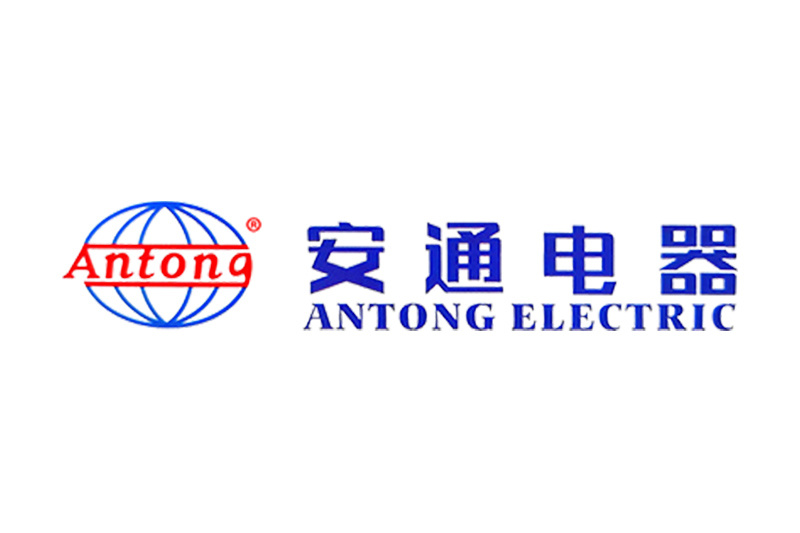The manufacturing process of power cords
Release time:
2021-04-22
Power cords manufactured by power cord manufacturers must be approved and certified by various national certification bodies, and they are very experienced in the production of power cord plugs. The specific process is as follows:
Power cords manufactured by power cord manufacturers must be approved and certified by national certification bodies, and they are very mature in the production of power cord plugs. The specific process is as follows:
First, the power cord must be drawn from copper and aluminum single wires. Copper and aluminum rods, commonly used for power cords, are reduced in cross-sectional area, drawn in length, and changed in strength at room temperature using a wire drawing machine through one or more drawing dies. Wire drawing is the first process step for various wire and cable companies. After wire drawing, the single wires are annealed. The copper and aluminum single wires are heated to a certain temperature to restore the ductility of the single wires and reduce their strength to meet the requirements of wires and cables for conductive cores. The annealing process enhances the oxidation resistance of the copper wire.
In order to increase the flexibility of the power cord and facilitate installation, the conductive cores should be stranded with multiple single wires. Therefore, after the single wires are annealed, the next step is to strand the wires. According to the stranding method of the conductive core, it can be divided into regular stranding and irregular stranding. Irregular stranding is divided into bunch stranding, concentric stranding, special stranding, etc. In order to reduce the area occupied by the wire and reduce the geometric dimensions of the power cord, a compression method is also used, so the circular shape is changed to a semi-circular, fan-shaped, and compact circular shape. This conductor is suitable for power cords.
The above process is only the conductor manufacturing process of the power cord, which needs to be covered with plastic to obtain insulation. The power cord mainly adopts extruded solid insulation layer, and the main technical requirements for plastic insulation extrusion are as follows:
1) Adjust the extruder. The deviation value of the extruded insulation thickness is a clear rule in the standard, and the specific parameters should meet the standards given by the national certification authorities.
2) Smoothness. The outer surface of the extruded insulation layer is required to be smooth and must not show rough appearance, scratches, bubbles, impurities, etc.
3) Density. The cross-section of the extruded insulation layer should be dense and full, and no pinholes should be visible, and there should be no bubbles.



